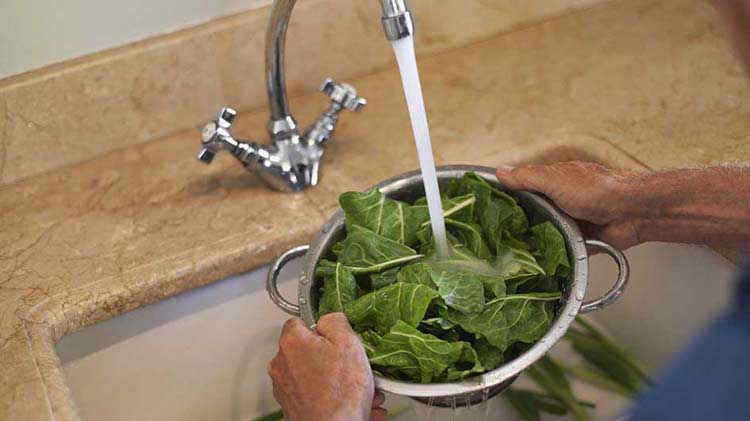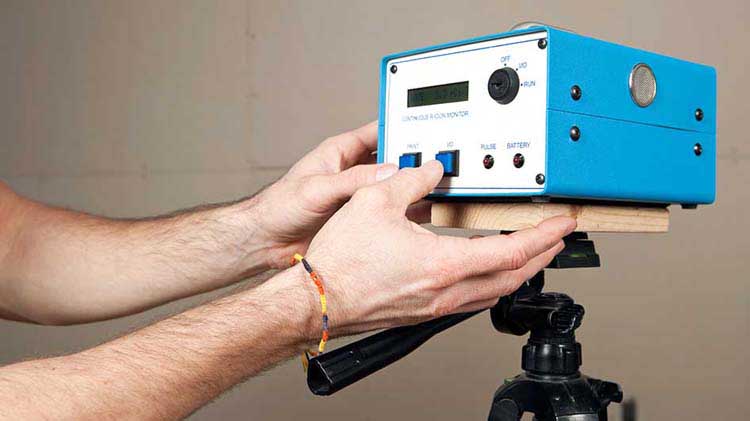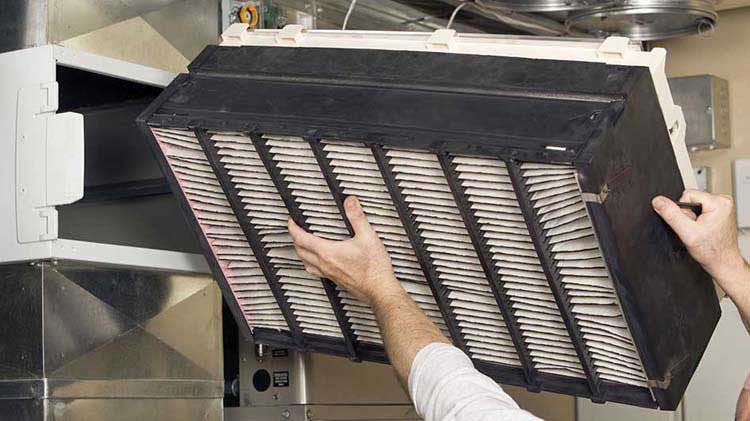Is lead lurking in your tap water?
Corrosion in your water-supply system can expose your family to health risks.
Your drinking water may not be as safe as you think — especially if your home has lead plumbing. Corrosion in your home's plumbing and water-supply system can allow lead to leach into your tap water, exposing your family to potential health risks every time they take a drink.
Know the risks of lead in tap water
Lead can affect family members differently depending on their age and development. Children and pregnant women are most at risk.
- Infants: Delays in physical and mental abilities
- Children: Brain and nervous system damage, behavioral and learning problems, lower IQ, issues with hearing, slowed growth and anemia
- Adults: Nervous system impairment, high blood pressure, hypertension, kidney problems and reproductive issues
Signs of lead in tap water
While lead poisoning can be hard to detect, especially early on, there are some symptoms to look out for that could be caused by lead in drinking water.
Lead poisoning symptoms in children
- Abdominal pain
- Constipation
- Delays in development
- Difficulties with learning
- Fatigue
- Irritability
- Loss of appetite
- Loss of hearing
- Seizures
- Vomiting
- Weight loss
Lead poisoning symptoms in adults
- Abdominal pain
- Difficulties with memory or concentration
- Headache
- High blood pressure
- Joint and muscle pain
- Miscarriage or premature birth in pregnant women
- Mood disorders
- Reduced sperm count
Test tap water for lead
Over 9 million U.S. homes may have lead pipes. You can't see, smell or taste lead, so how do you know if your water is contaminated? The answer: regular testing. If your home was built before 1986, there is a greater risk that your plumbing has lead-containing materials. But regardless of your home's age, the U.S. Environmental Protection Agency (EPA) recommends testing your water regularly if it comes from a private water system. Most public water systems test for contaminants annually. However, these tests reflect the water quality of the entire system, not individual homes.
If you use well water in your home, be sure to test for lead in water after the well is constructed. The water should be tested again periodically, especially when a child or pregnant woman is living in the home and drinking the water.
Testing kits are available at most home improvement stores. To get the best results, the EPA recommends sending your sample to a certified laboratory in your area.
Take precautions
If your water tests positive for lead, there are things you can do to reduce risk in the short-term and long-term. But first, visit your doctor to make sure no one in your family has high levels of lead in their system.
Here are some things you can do at home:
- Use the cold-water tap as it has lower levels of lead than warm water.
- Flush your pipes by running your tap for at least one minute until the water becomes cold if it hasn't been used for the last six hours.
- Replace lead plumbing pipes. According to the EPA, lead is a dull gray metal that can be easily scratched.
- Use bottled or distilled water.
- Use a filter certified to remove lead from your water.
If you have questions about your drinking water, the EPA has a Safe Drinking Water Information page that includes an online contact form.




